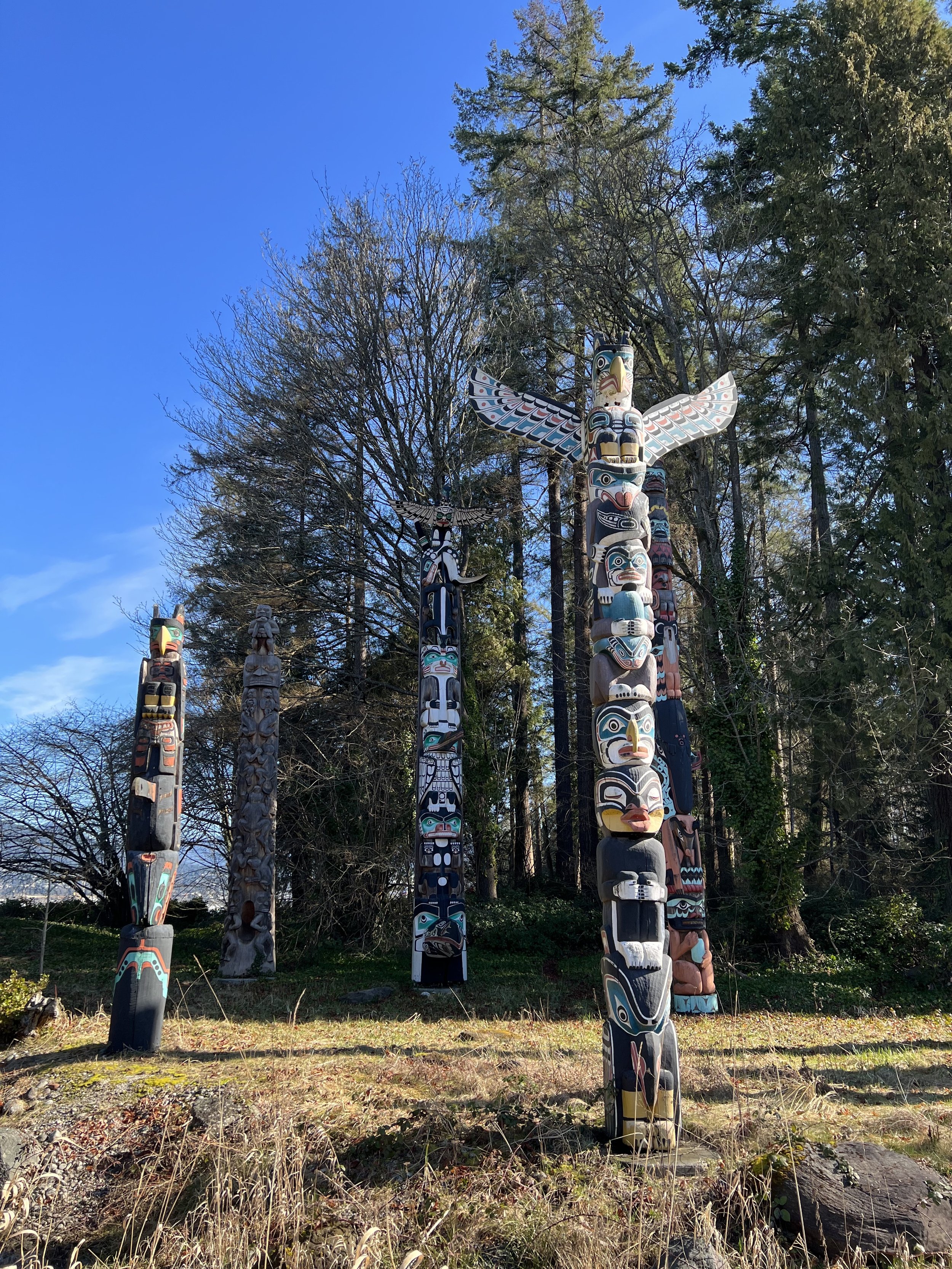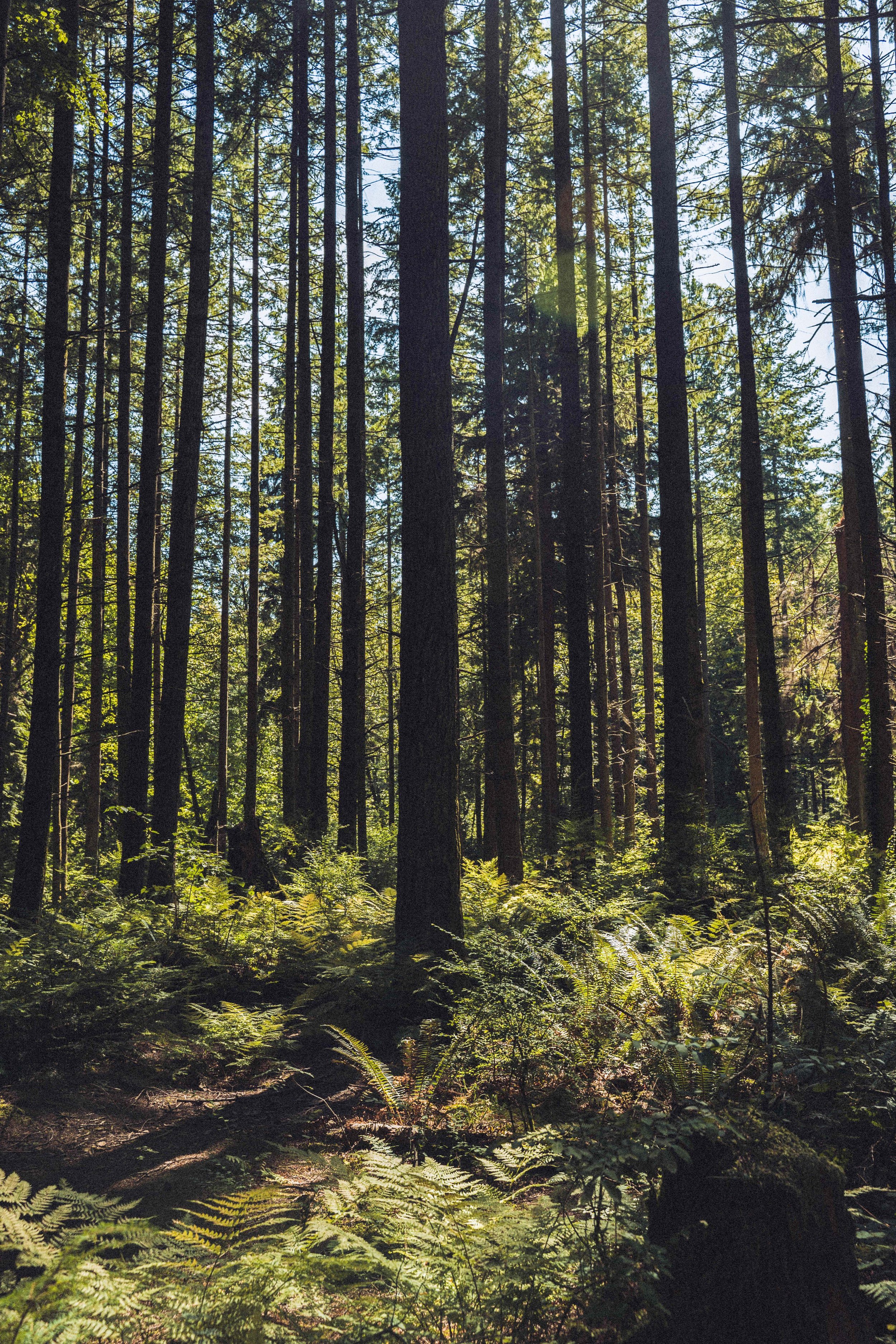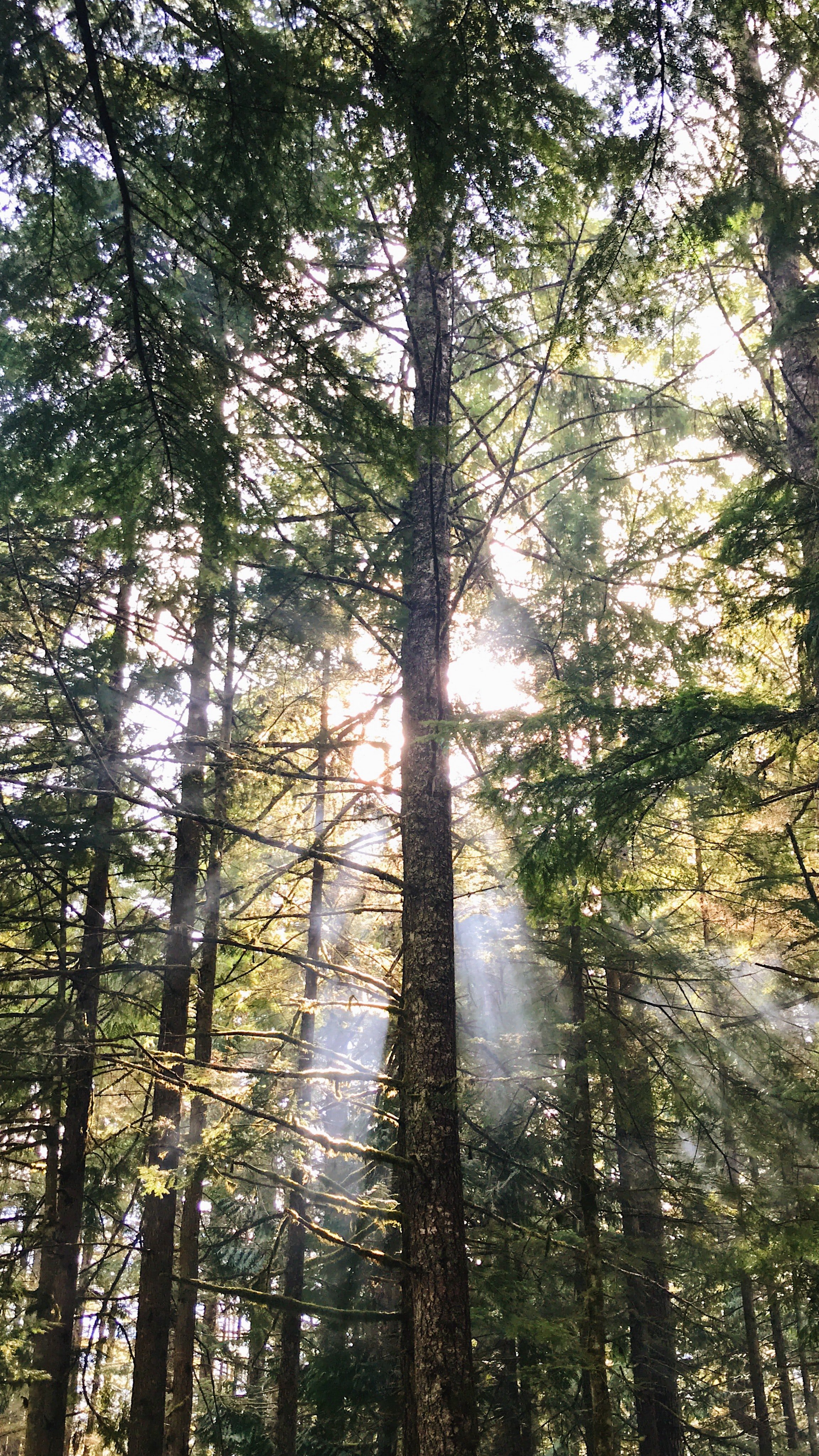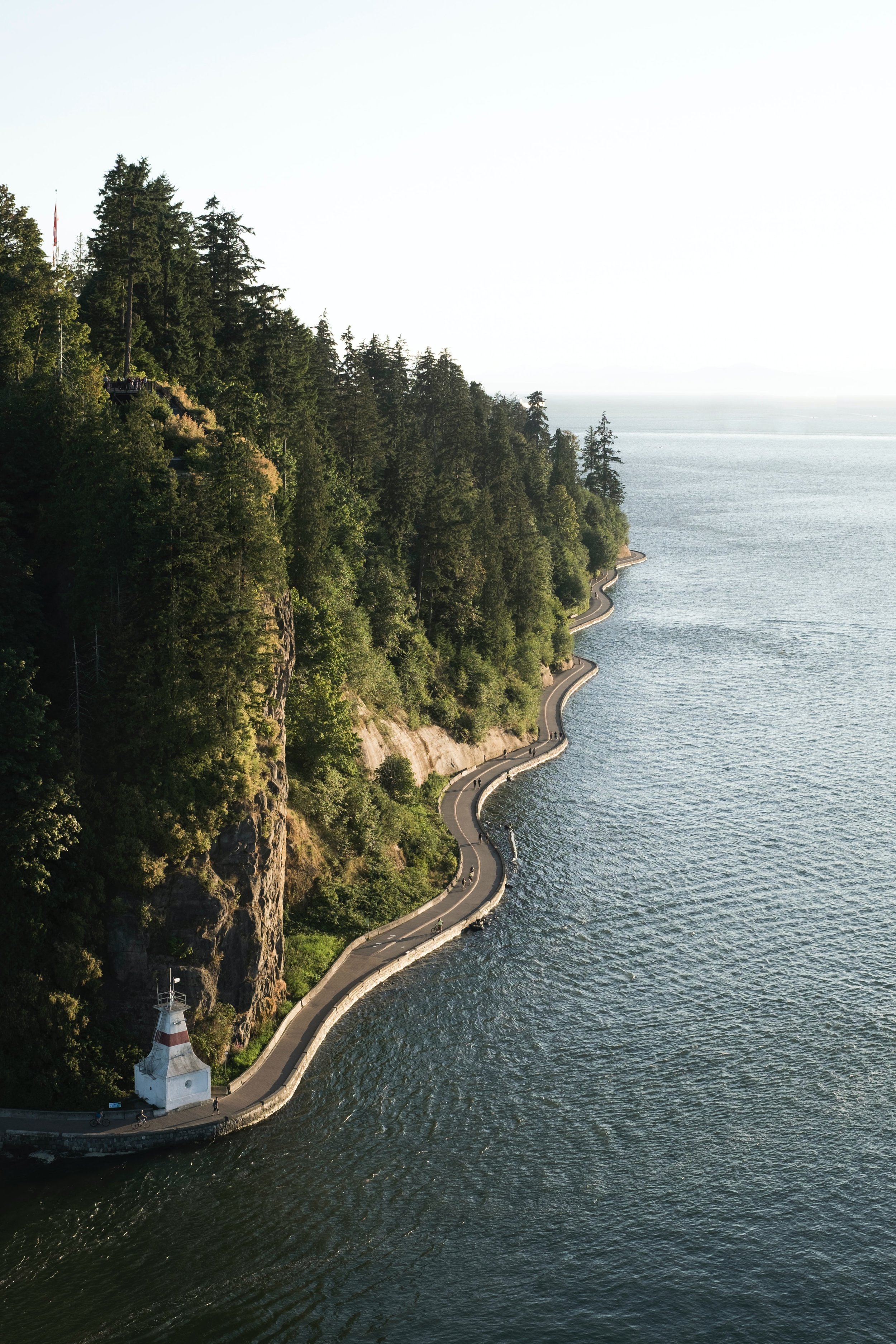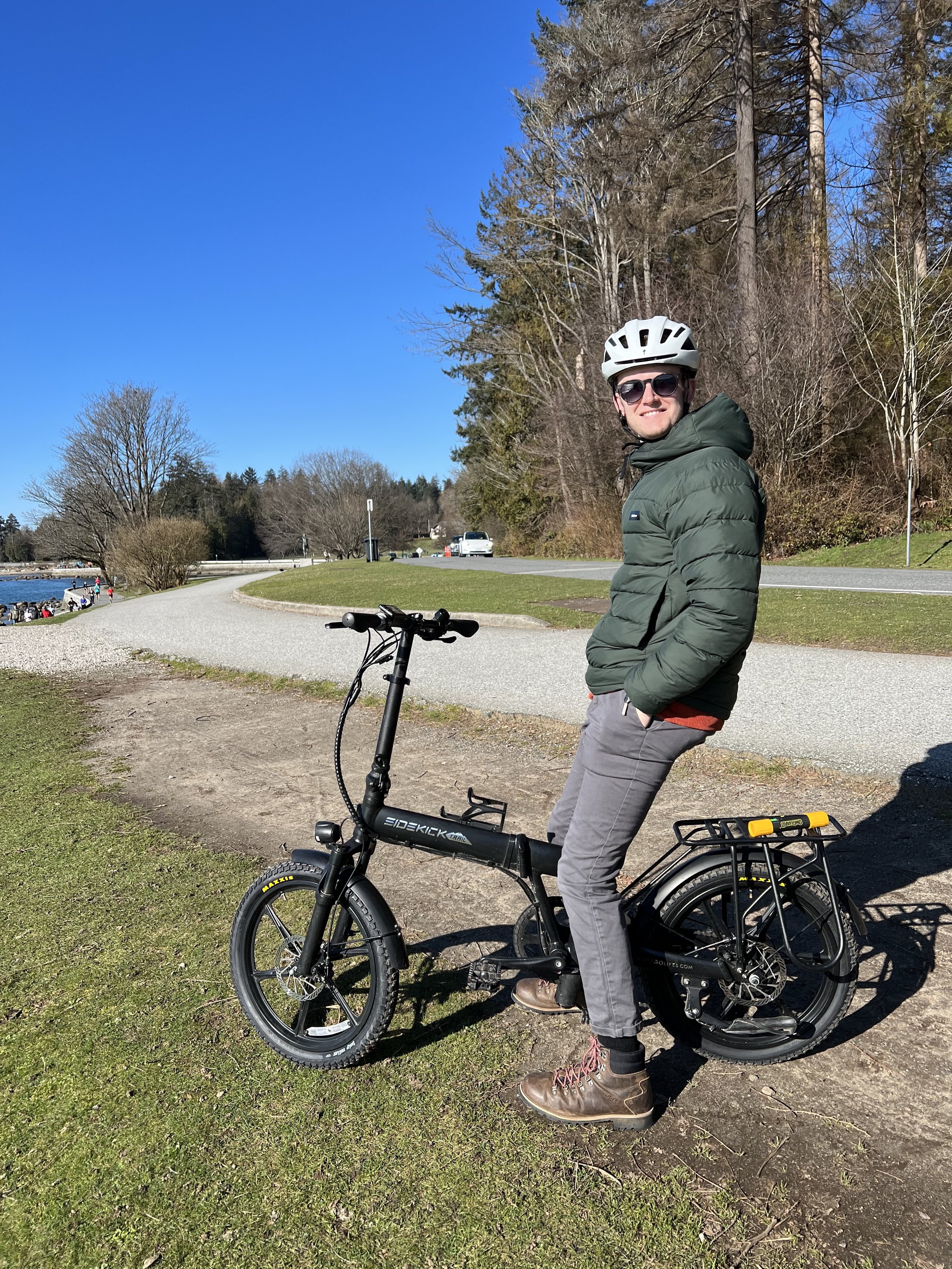Urban Wilderness in Vancouver
View towards Stanley Park and Vancouver over the Lionsgate Bridge
After our stay in Whistler we travelled back down the beautiful Sea-to-Sky Highway to Vancouver. Although we’d passed through the seaport city twice already on our trip, we hadn’t had a chance to spend more than a few hours there yet. This time we planned to stay a few days and explore the city properly. Arriving at a real hotel after the Pod in Whistler was an absolute god-send. We were both getting very frustrated with sharing such a small space, particularly with my crutches in tow for the week. The final straw for us was a rude awakening at 3am on our last night, by several loud people plus a random dog!
Unbeknownst to us, the hotel we booked in Vancouver was operated by the YWCA (Young Women’s Christian Association). This organisation was formed in 1897 to provide housing and services to women arriving in Vancouver in search of education or employment. Their aim was (and still is) to ensure the safety and wellbeing of women new to the city. Although originally called the Young Women’s Christian association, the focus today is much broader, with the organisation providing support to all women, families and allies. They have a vision to achieve women’s equality through the delivery of affordable housing, early learning and child care, training and employment services, and a range of holistic programs that encourage safety, wellness and economic security. It was heartening to discover that our stay in the hotel helped to fund their community programs for women, children and families, whilst being a great base to explore Vancouver from, and a comfortable antithesis to our Whistler Pod!
Having given back my crutches in Whistler at the end of the week I was flying solo on my ankle with just a support brace to stop it from rolling again. Although still a bit sore, I could pretty much put weight on it now, and was able to walk around without the crutches. With my walking ability back in business, we went for a stroll and some Tacos in the Yaletown area, walking back afterwards along the twinkling waterfront. There was lots of life and activity down by the harbour, and we even saw a racoon running along the jetties, perhaps attempting to commandeer a boat…
The following morning we made our way over to the West End of the city to rent bikes, with a plan to cycle around the edge of Stanley Park. I didn’t want to over-stress my ankle so we rented electric bikes to minimise the physical cycling. Although they didn’t look like much (sort of like oversized Bromptons), the bikes were absolutely rapid, with minimal exertion required to get them up to speed.
We entered the South side of the park, with Vancouver Harbour on our right and Grouse Mountain on the horizon ahead. I was immediately struck by the size and beauty of the place. At 400-hectares the park is Vancouver’s largest and oldest, a place where you can enjoy scenic mountain views, vast expanses of water and majestic trees right in the midst of the urban city. We cycled further on, my senses becoming permeated by earthy air and the scent of pine. The noise of birds, wind moving softly through the boughs and the kaleidoscope of greens settled my soul as we moved silently and swiftly on our bikes through the old-growth temperate rainforest that makes up the majority of the park.
View towards the Lionsgate Bridge with Stanley Park on the right & Grouse Mountain in the distance
The history of this incredible urban oasis is rich and fascinating. The land was originally occupied by Indigenous peoples, with archeological findings showing a human presence in the park dating back more than 3,000 years. After British Columbia was colonised by the British during the 1858 Gold Rush, the Stanley Park peninsula was named as a government reserve and set aside for military purposes. In 1871, after British Columbia joined Confederation (union as part of Canada), the authority of military reserves in the province were transferred in due course to the Canadian government. Stanley Park was included in this transfer, and officially opened in 1888, named after Lord Stanley, a British politician who was appointed Governor General of Vancouver at the time.
The park is incredibly unique in that it is not the creation of a landscape designer or architect, but the natural evolution of a forest over hundreds of years. In general the space remains as densely forested as it was in the 1800s, with around half a million trees, consisting of Douglas fir, western red cedar, western hemlock, and Sitka spruce. This forest at its core gives the park a wilder and more natural character than most urban parks in the world, with its size meaning you can take a step away from the busy city and feel like you are somewhere else entirely. For a sense of the scale of Stanley Park’s 400 acres, Hyde Park in London is 142, and Central Park in New York is 340. It is essentially a space large enough to get lost in, but close enough to the centre of the city that you can spend a day walking its tranquil trails, and be back in downtown by the afternoon.
This proximity to wilderness is something that typifies Canada as a country, it’s a characteristic that it is most renowned for, and certainly one one of the main reasons I wanted to come. Vancouver itself, with it’s close connection to mountains, rivers and forests, where you can ski, kayak, hike and climb, is the ultimate ‘outdoor’ city, and Stanley Park mirrors that, feeling like a microcosm and metaphor for the wider country. The importance Canadians put upon enjoying the wild and natural spaces they have in abundance is immediately understandable, with Stanley Park standing as a real testament to this belief. The space enables the urban dwellers of Vancouver to escape from the city, immersing visitors in soft green foliage, earthy smells, and dappled sunlight to soothe away the stresses of urban life.


